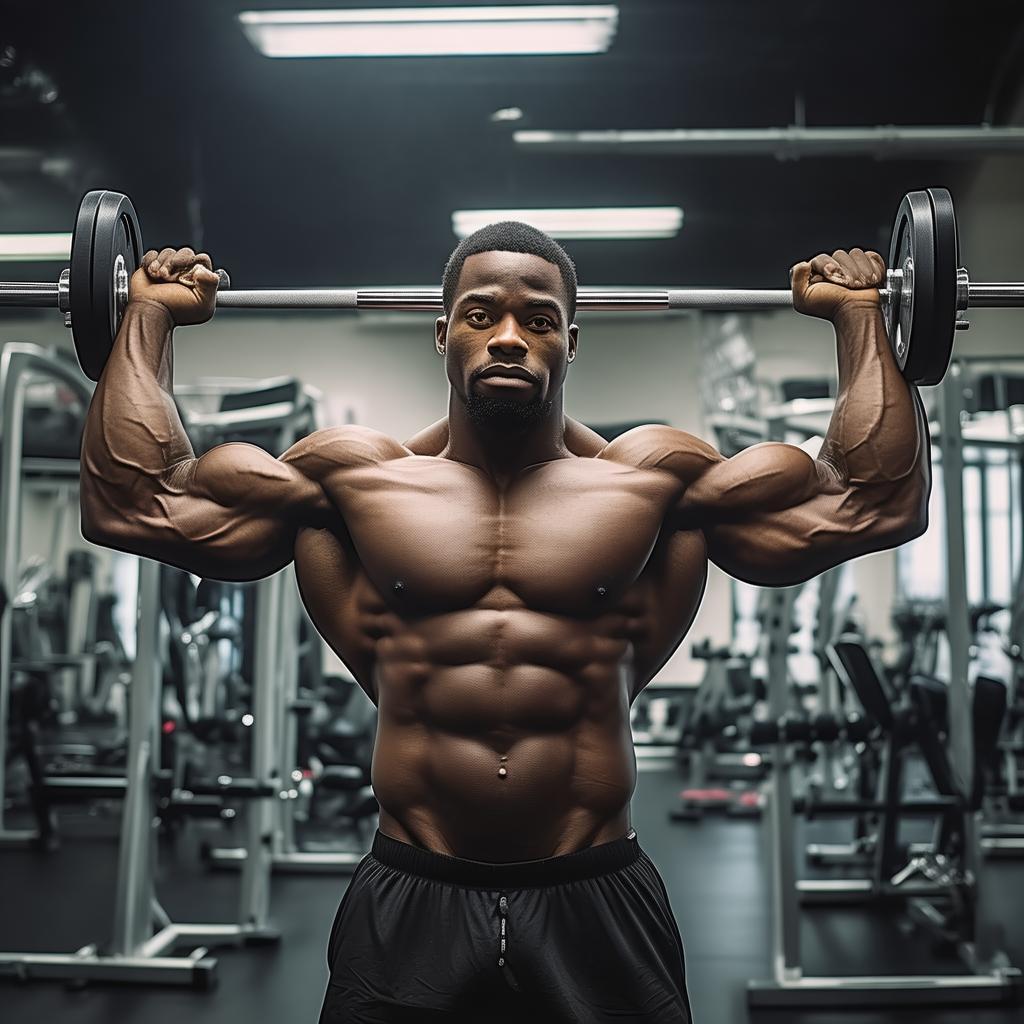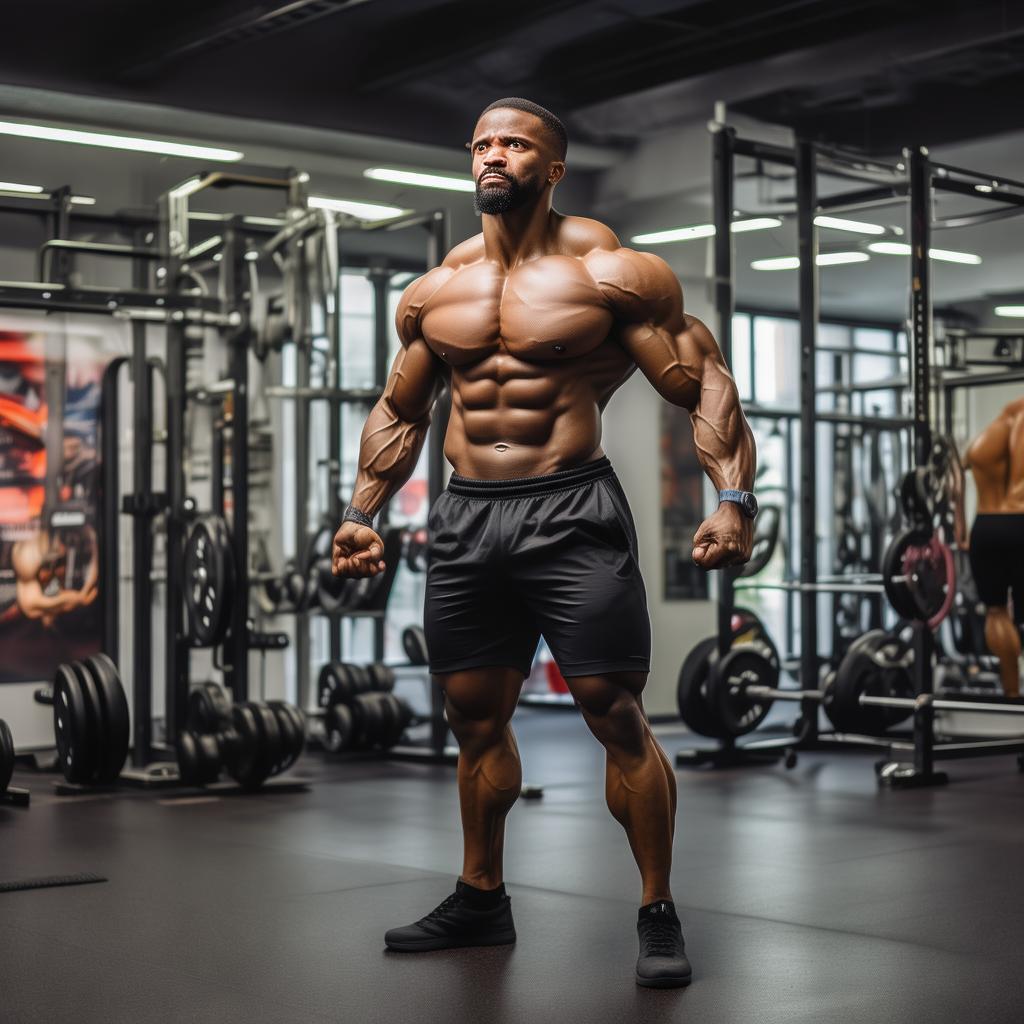Introduction
For bodybuilding champions flaunting wide, full shoulders, the techniques employed in their training are of great interest. Do you dedicate an entire workout to your shoulders or incorporate them while working on other body – parts? Shoulders play a crucial role in creating that coveted v – shaped body, almost like a “face lift” for your physique. Beyond the aesthetics, the low position of the shoulders is a pivotal area that demands attention as it is involved in nearly every upper – body movement.
The Importance of Shoulder Training and Protection
A bodybuilder who neglects shoulder training and protection is unlikely to reach the pinnacle of the fitness world. Moreover, weak shoulder strength and function can not only reduce the quality and effectiveness of training but also increase the risk of shoulder injuries.
Understanding the Shoulder Muscles
The shoulder muscles are categorized into two groups: external and internal muscles. The external muscles originate in the torso and attach to the shoulder bone, while the internal muscles start in the upper part of the torso (scapula, clavicle) and attach to the humerus.
Extrinsic Shoulder Muscles:
- Trapezius Muscle: Shaped like a triangle, it runs down the spine and across the shoulder blades, providing support when lifting arms and shoulders.
- Latissimus Dorsi Muscle: Translating to “the broadest muscle of the back,” it helps in extending and internally rotating the arm.
- Scapular Lift: As the name implies, it is responsible for lifting the scapula, which connects the humerus to the clavicle.
- Rhomboids: These muscles are mainly in charge of scapula contraction and are located in the middle of the scapulae in the upper back, divided into left and right parts.
Intrinsic Shoulder Muscles:
- Deltoid Muscle: This triangular – shaped muscle at the top of the shoulder, named after the Greek letter delta, is composed of three main muscle fibers: anterior, middle, and posterior fasciculi. Shoulder training often mainly refers to deltoid training, highlighting its significance as it is the basis for arm rotation and injury prevention.
- Large Round Muscle: A small muscle that extends from under the shoulder joint to the back of the armpit, also known as the “little helper of the latissimus dorsi” due to its connection with the latissimus dorsi.
- Rotator Cuff: Surrounding the shoulder joint, it prevents the upper arm bone from dislocating too frequently.
10 Best Shoulder Training Moves for Men
Now that we have a good understanding of the shoulder muscles, let’s delve into how to train them. Here are 10 of the best shoulder training moves for men.
Barbell Overhead Press: Also known as the barbell standing shoulder press, it works not only the shoulders but also most of the body’s muscles, making it a core – strengthening and muscle – building exercise. Stand with feet shoulder – width apart, place the barbell on the front shoulders with palms forward, tighten the core, push the barbell up, squeeze the shoulder blades at the top, and then lower back to the starting position.
Seated Dumbbell Shoulder Press: A must – have in a deltoid workout, it targets the anterior, middle, and posterior deltoid bundles (with an emphasis on the middle). Lifting two separate dumbbells helps maintain balance and weight distribution. Sit in a low – backrest chair, hold a dumbbell in each hand at shoulder level, palms forward, push the dumbbells overhead until they almost touch, hold, and then lower back.
Front Planks: This movement, which can be done with barbell plates or barbells, targets the anterior deltoids. Hold the barbell in front of the body, drop hands to hip height, keep feet shoulder – level, tighten the core, contract the shoulder blades, lift the weight to shoulder height, and then return to the starting position.
Reverse Butterfly Machine Fly: Using a butterfly machine, it focuses on the rear deltoid muscle. Sit facing the machine, hold the handles with palms inwards, tighten the torso, push the arms to the sides until they are in the same plane as the torso, and then return under control.
Prone Dumbbell Side Planks: Effective for the middle deltoid and also works the whole body. Hold a dumbbell in each hand, bend over until the core is parallel to the floor, lift the dumbbells out to the sides in an arc until the upper arms are level with the torso, pause, and then return.
Dumbbell Side Planks: Targeting the middle deltoid, start standing with feet shoulder – width apart, hold dumbbells, lift them slightly above the shoulders using only the shoulders and arms, hold, and then return.
Borrowed Push – up: A high – intensity compound exercise not suitable for beginners. Start standing, place the barbell on the upper chest with palms up, elbows out, lower into a quarter – deep squat, and then push the barbell up overhead.
Reverse Rope Fly: Attach d – handles to the upper pulleys of rope machines, cross the ropes in front of the chest, lean forward slightly, pull the ropes outwards, and then lift the weight up in a cross before returning.
Single Arm Rope Side Planks: Similar to the reverse rope fly, it targets the middle deltoid bundle. Stand next to the rope machine, hold the d – handle with the opposite hand, pull the rope using arm and shoulder strength, hold, and then return, and switch sides.
Standing Barbell Shrugs: Save this neck and shoulder training move for the end of the workout. Stand with feet shoulder – level, pick up the barbell at waist height, lift the shoulders up and back, squeeze for five seconds, and then relax.





